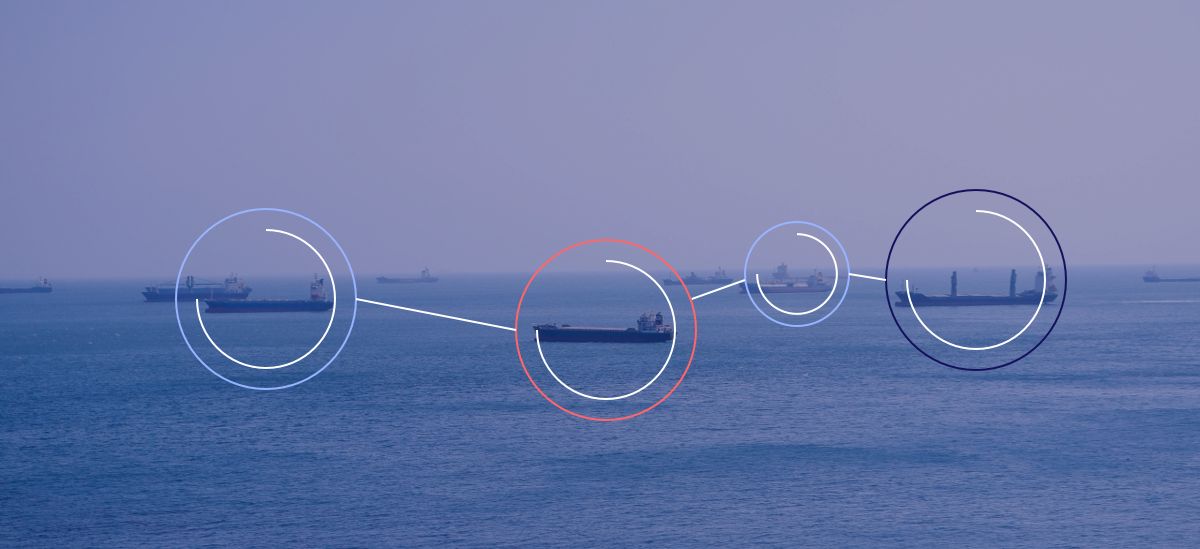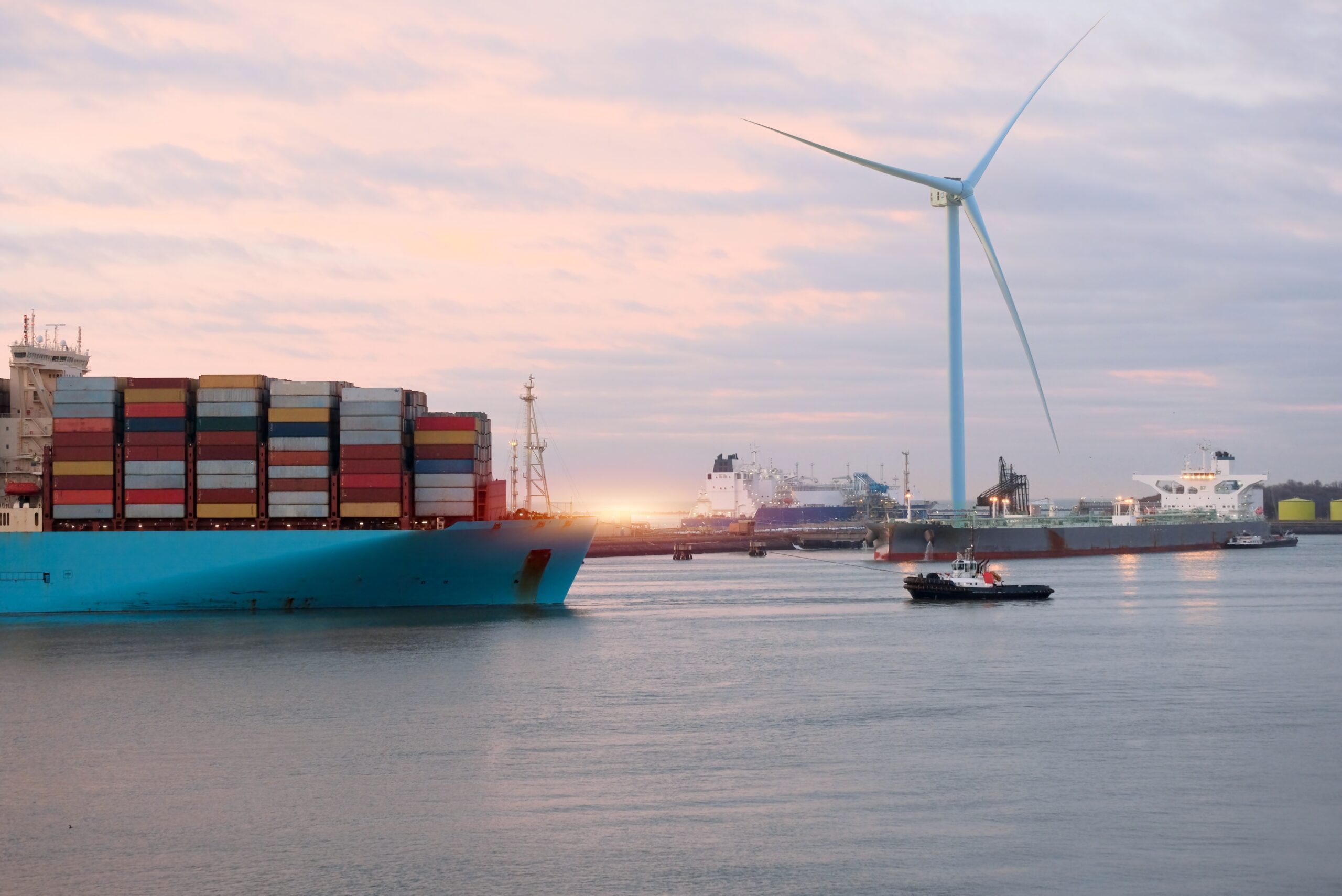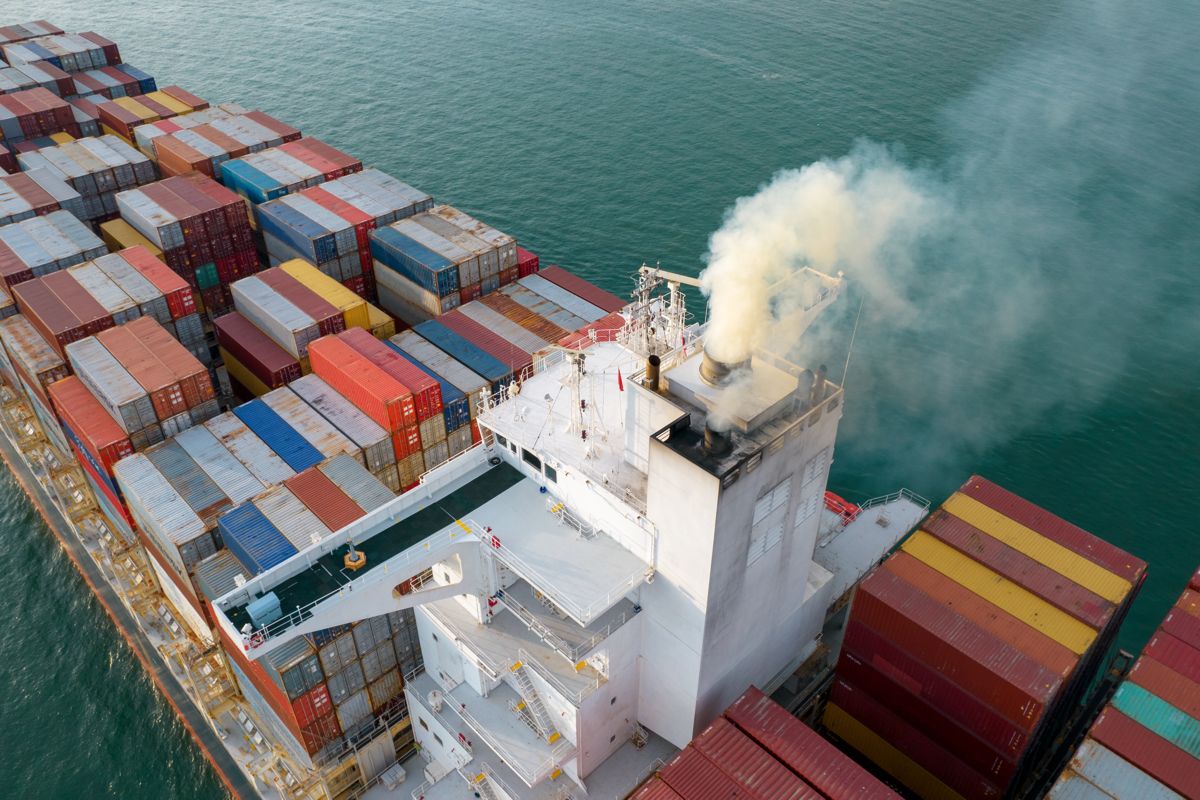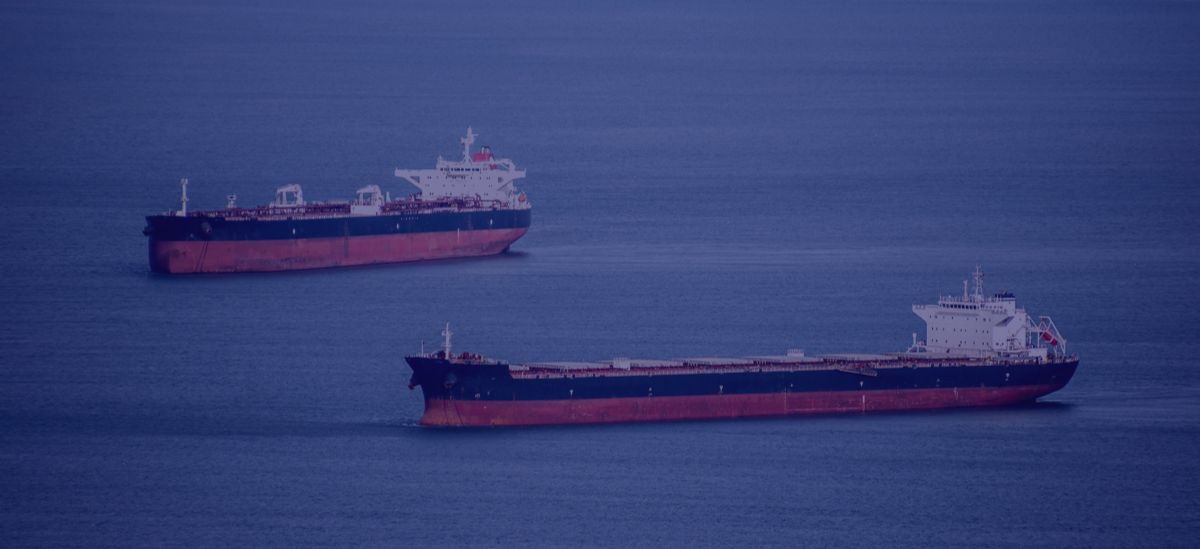In the maritime industry, the integration of artificial intelligence (AI) is revolutionizing the way vessels navigate and operate. Camera-based AI object detection for ships has emerged as a crucial additional tool in ensuring safety and efficiency at sea. But how does AI actually interpret visual marine information to make crucial decisions?
AI algorithms learn about their environments through a process called ‘generalization’. This can be compared to a toddler learning to use a cup; the toddler understands the concept of a container for liquid, which allows them to generalize this knowledge and use any similar object as a container, whether it’s a mug, a glass, or even a bowl. The AI works similarly, benefiting from exposure to a diverse set of examples, which allows it to deduce the correct solutions for future scenarios it will encounter.
AI for Collision Avoidance in the Maritime Industry
The dynamic and complex world of maritime navigation, in which the cost of a mistake is very high, can benefit immensely from the incorporation of artificial intelligence, enhancing the capabilities of ships and crews to operate safely and more efficiently. Computer vision and AI facilitate unprecedented maritime situational awareness with advanced detection capabilities, enabling the early identification of obstacles and hazards to reduce the risks of collisions. To achieve this advanced level of data analytics in maritime navigation, there are various crucial training steps the AI algorithm needs to go through:
Training AI models with nautical data
Training artificial intelligence models in the maritime industry involves providing the algorithm with vast amounts of nautical data gathered from real-world experiences at sea. Orca AI’s global fleet captures vast amounts of navigation recordings, providing data such as CPA, TCPA, BCR, BCT, COG, SOG, and distance at every moment. This information serves as a diverse set of ‘cups’, teaching the AI to recognize patterns, distinguish objects, and anticipate potential hazards.
Enhancing AI accuracy with data fusion techniques
Continuing the training phase, the AI algorithm is given information from various sources, including radar, cameras, and other sensors, using data fusion techniques. Multiple sources of data compensate for gaps arising from single-sourced data, providing a better ‘generalization’ ground for AI systems, and resulting in more detailed and reliable analyses. Professional and trained captains also add a layer of information to the data, enriching, refining, and verifying the data’s integrity. This process mitigates potential gaps arising from the data received from various sources.
Continuous improvement through self-correction
During the training process, the AI might predict answers that do not align perfectly with the correct answers in reality, known as the “ground truth”. Through a continuous self-correction mechanism, the AI compares its estimations to the ground truth and adjusts its understanding accordingly. To ensure the AI’s long-term relevance and effectiveness in navigating the complex maritime environment, the training dataset is constantly enriched and updated.
Testing the algorithm
To ensure its dependability, the AI algorithm must undergo rigorous testing before deployment. It must successfully navigate through unfamiliar situations, including varying weather conditions such as fog, rain, and sunshine. The AI must also accurately identify and react to a variety of target types, from commercial vessels to debris, and in diverse locations like congested waterways and intricate port environments. If the AI demonstrates accurate predictions, even surpassing human judgment in these circumstances, it is deemed reliable for use on ships, increasing safety and efficiency at sea.
AI in Action
Thanks to its comprehensive training, exposure to a vast set of examples, and self-correction mechanisms, the AI excels in identifying potential dangers posed by targets that may not be detected by conventional navigation tools onboard vessels. During the training phase, the AI relies on sensor fusion techniques to deduce crucial insights into maritime navigation. In real-world scenarios, however, the AI operates independently of additional sensors or technology, using advanced computer vision to efficiently scan the vessel’s surroundings and predict potential collisions that may endanger the vessel and crew. This underscores the AI’s autonomy and effectiveness in enhancing maritime safety through precise hazard detection and obstacle avoidance.
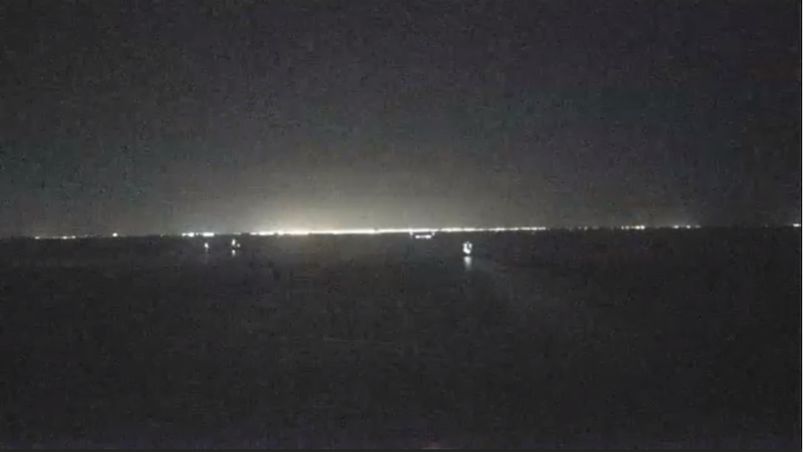
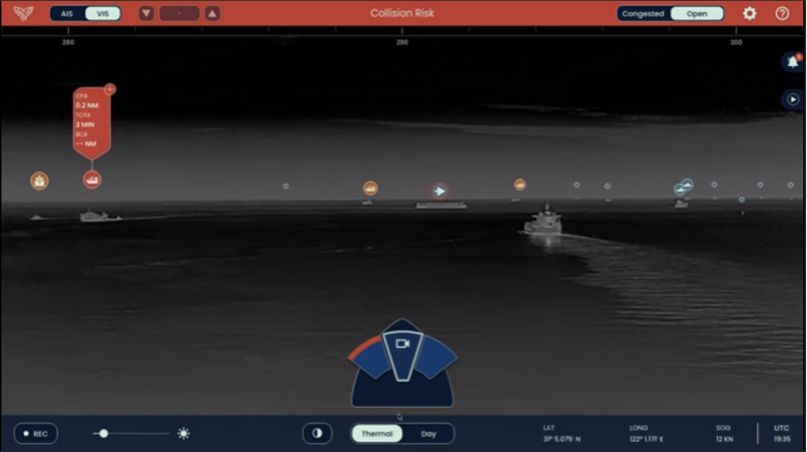
Harnessing AI for Safety and Efficiency
Artificial intelligence has the ability to enhance safety, efficiency, and productivity across various sectors, such as automotive, medical, agriculture, and energy. In the agriculture industry, for example, autonomous capabilities not only reduce labor and equipment costs by up to 85% but also cut water consumption, and improve soil health by as much as 80%. Similarly, in the maritime industry, the integration of AI-based autonomous navigation systems signifies a new era of achievable safety and efficiency enhancements, resulting in a significant reduction of close encounters by up to 33% and a remarkable decrease of 172,716 tonnes in CO2 emissions, alongside substantial fuel savings.
Successful integration of artificial intelligence in maritime navigation underscores the crucial blend of technical expertise with a profound understanding of maritime dynamics. Rather than replacing humans, AI enhances decision-making by providing data-driven insights. This collaboration paves the way to achieve unparalleled safety, efficiency, and adaptability in the maritime industry.





